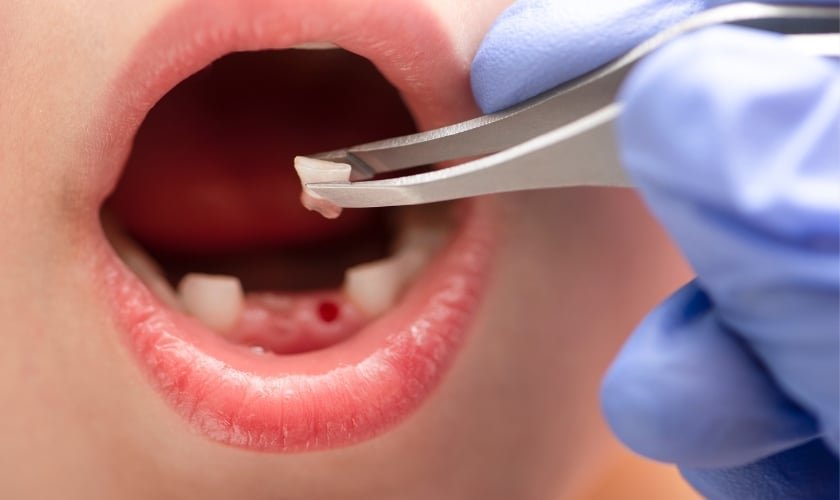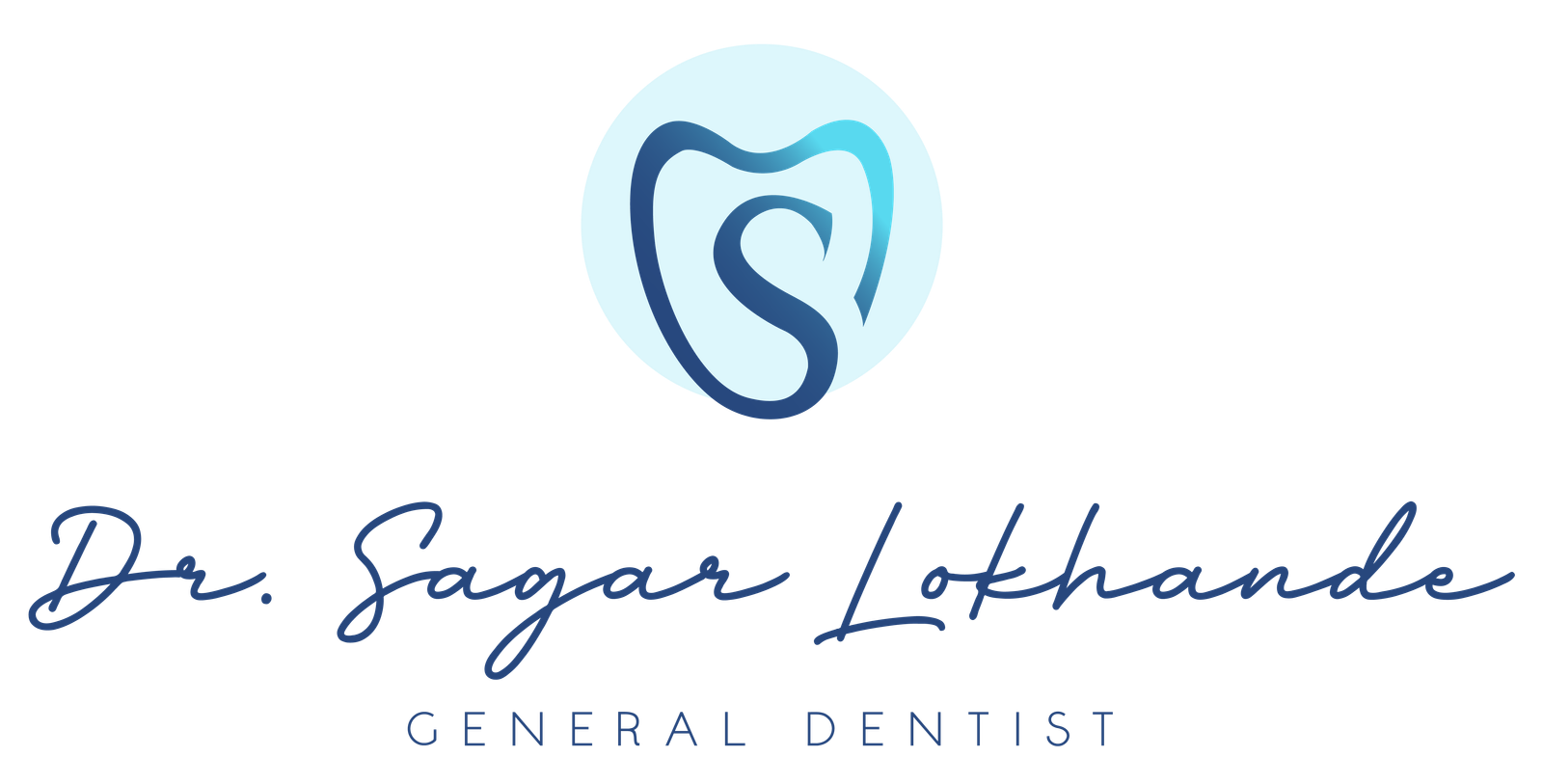Tooth Extractions: A Gentle Approach to Safe and Painless Removal
- Expert Dental Care by Dr. Sagar Lokhande
- Service
- Tooth Extractions
Tooth Extractions: A Gentle Approach to Safe and Painless Removal
Tooth extraction is a dental procedure that most people hope to avoid, but sometimes it’s the best way to protect your oral health. Whether due to severe decay, trauma, or overcrowding, a well-planned and expertly performed tooth extraction can relieve pain and prevent further complications.
At Pristine Smiles Dental Care, we prioritize a gentle, pain-free approach, ensuring that your tooth extraction experience is as smooth and comfortable as possible.
What Is Tooth Extraction?
Tooth extraction is the removal of a tooth from its socket in the bone. While the idea of losing a tooth may sound intimidating, extractions are sometimes necessary to maintain or improve oral health. Thanks to modern dentistry, extractions are now quick, safe, and virtually painless.

Why Might You Need a Tooth Extraction?
We offer a variety of crown materials to suit your dental needs and lifestyle:
Severe Tooth Decay or Damage
Impacted Wisdom Teeth
Overcrowding
Gum Disease (Periodontitis)
Fractured Teeth
Dental Trauma or Injury
Types of Tooth Extractions
Simple Extraction
Typically done for decayed teeth, loose teeth, or orthodontic purposes.
The tooth is gently loosened and removed with forceps after local anesthesia is administered.
Surgical Extraction
Involves making a small incision in the gum to access the tooth.
This procedure is common for wisdom teeth removal.


What to Expect During a Tooth Extraction
At Pristine Smiles Dental Care, we ensure that your tooth extraction is performed with precision and care. Here’s a step-by-step overview of the procedure:
Diagnosis and Consultation
1Tooth Preparation
2Impressions and Customization
3Temporary Crown/Bridge
4Placement of Permanent Crown/Bridge
5Tooth Extraction Aftercare: Tips for a Speedy Recovery
Proper aftercare is crucial to ensure a smooth and quick recovery after a tooth extraction. Here are some key guidelines to follow:
Control Bleeding
Avoid spitting or rinsing vigorously for the first 24 hours to prevent dislodging the clot.
Manage Swelling and Pain
Take prescribed pain medication or over-the-counter pain relievers as directed.
Eat Soft Foods
Avoid Straws and Smoking
Practice Gentle Oral Hygiene
Rinse your mouth with warm saltwater after 24 hours to keep the area clean.


When to Call the Dentist
- Severe or worsening pain after the first 48 hours.
- Excessive bleeding that doesn’t stop after applying pressure.
- Signs of infection, such as fever or foul-smelling discharge.
- Numbness that persists for more than 12 hours.
Alternatives to Tooth Extractions
In some cases, tooth extraction may not be the only solution. Depending on the condition of your tooth, alternatives such as root canal treatment, crowns, or dental bonding may help save the tooth. We’ll discuss all possible options before recommending extraction.
What Happens After a Tooth Extraction?
- Dental Implants: A permanent solution that replaces both the tooth and its root.
- Dental Bridges: A false tooth anchored to the surrounding teeth.
- Partial Dentures: A removable appliance that fills the gap left by the missing tooth.


